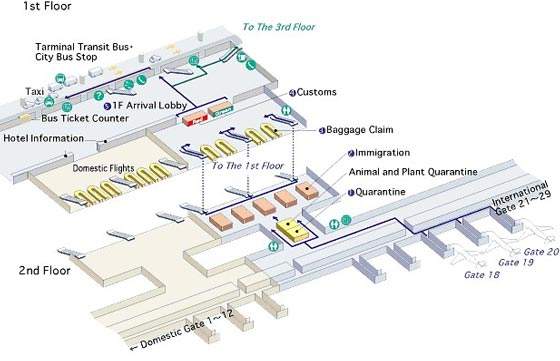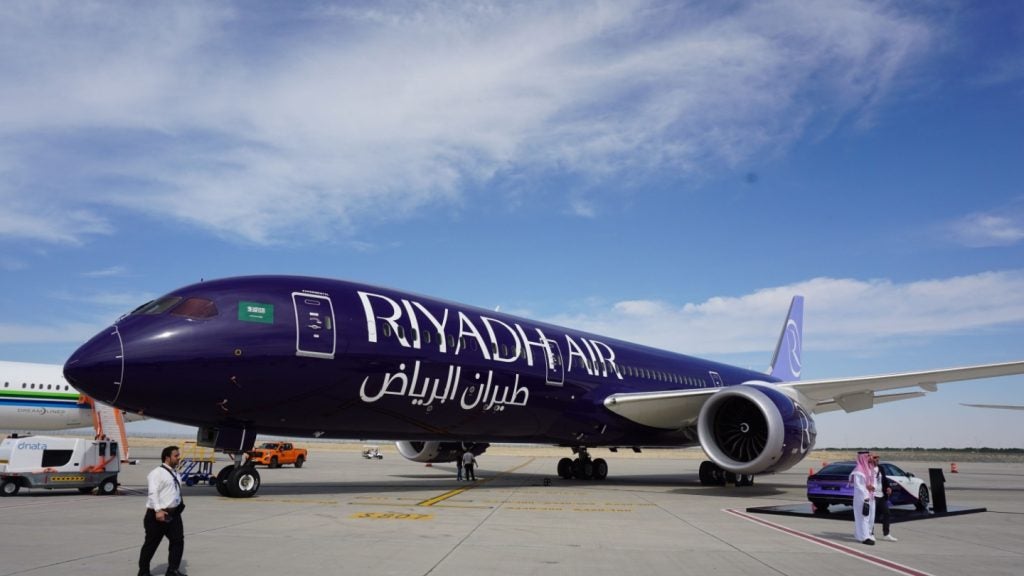Shanghai Pudong International Airport is a new airport in Shanghai, north-east China. This new airport, which opened in October 1999, will be an important gateway into the rapidly growing economic and business hub of Shanghai, one of the most important areas of economic development in China. To succeed, the new airport needs to take a big share of stop-over traffic. Shanghai International Holding is the prime overall contractor for the airport.
PROJECT MAKE-UP
The departure control system project was commissioned in the second half of 1998 and completed the following year. SITA and IBM functioned as system integrators for the project.
This international departure control system, a critically important application for an airport’s operations, uses IBM hardware and services and SITA’s CUTE (common use terminal equipment) system expertise to handle and manage the passenger departure process, from assignment of seats through to boarding.
HIGH-LEVEL TECHNOLOGY
The new technology uses SITA’s CUTE architecture, IBM’s Netfinity servers, 366 intelligent workstations and an OS/2 operating system, and also includes SITA’s common use baggage enterprise system for reconciling baggage with passengers. This operating environment provides a common platform that can be easily used and operated by all carriers at the new airport. The CUTE system plans to support 50 or more international carriers.
The new departure control system will use SITA’s global network to pass messages and reservations around the world using SITA’s CUTE operating system. This gives a carrier access to the host to affect the departure control of that plane. Such a system is used at more than 100 airports around the world and is widely renowned for its ease of use and effectiveness.
ONLINE BOOKING
The airport also benefits from an Internet booking system, which is reputedly the first in China to conform to international standards. The system consists of a digitally certified payment sub-system, a payment portal sub-system, a merchant sub-system and a client sub-system. This structure was developed according to the international standard agreement SBT, which was established to ensure secure e-commerce. The system guarantees that data will be kept intact, that transactions will not be denied without reason and that customers’ credit card information will be secure via data encryption and identity authentication.
The airlines’ online booking system was jointly developed by China Eastern Airlines, China Industrial and Commercial Bank, Shanghai IT Industry Ltd, Shanghai Commercial Value-Added Network, Shanghai Digital Certification Management Centre and IBM (China).
Computer application software was imported from a dozen international companies including Siemens of Germany, Fujitsu and Kawasaki Heavy Industries of Japan, and Unisys of the USA, as well as IBM and SITA.








